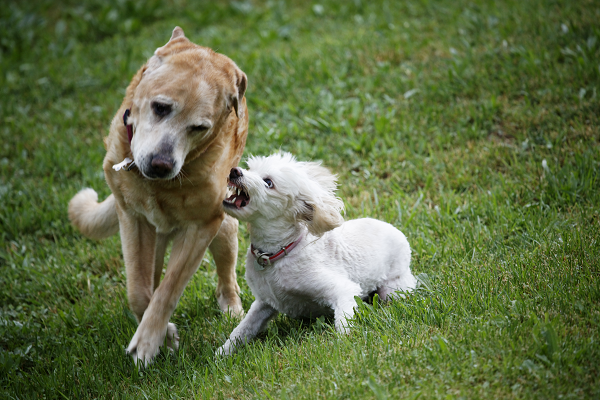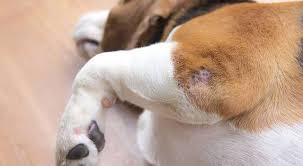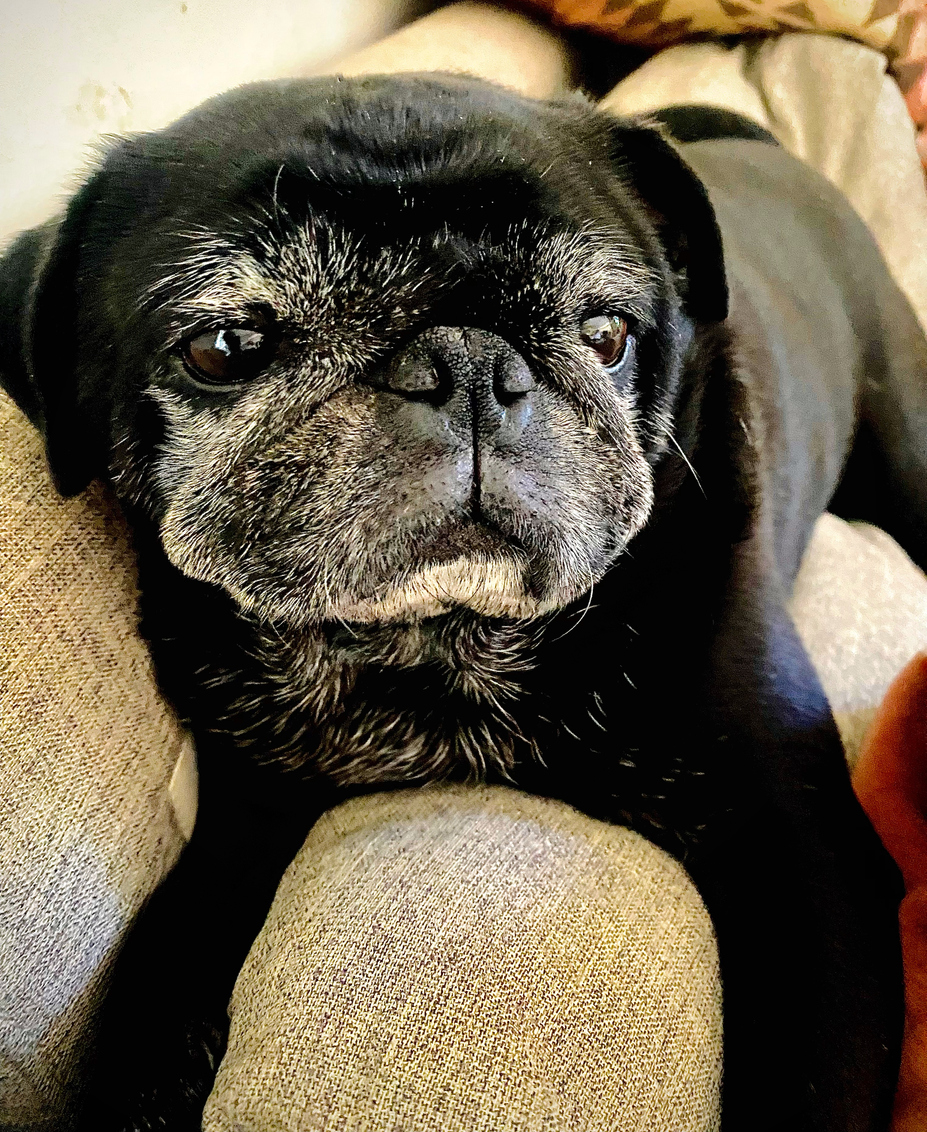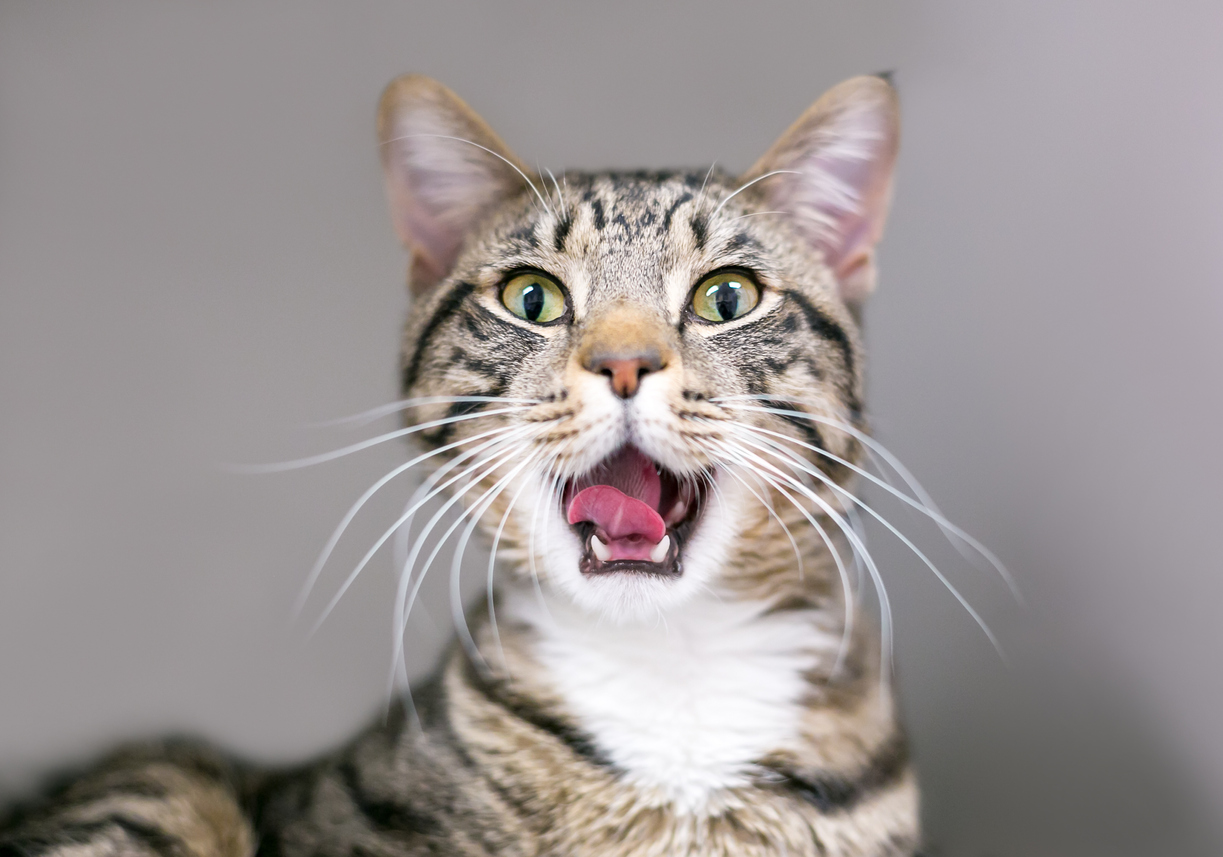Wound Decontamination & Stitch Up
What to do if my pet has a wound?
Wounds are damages to the skin and/or the underlying living tissue. When you notice a wound, check if your pet looks alright in themselves and visually assess the wound. You should bring them to your veterinarian as soon as possible if any of the following is seen:
- The wound is actively and heavily bleeding.
- The wound looks large, deep, contaminated, or has something stuck in it.
- Your pet shows signs of unwellness, such as pain, weakness, rapid breathing or loss of consciousness.
Put an E-collar on if your pet attempts to lick or scratch the wound. If your pet tolerates it, cover the bleeding wound with a clean dressing and apply moderate pressure before getting to your vet. If you see something stuck inside the wound, do not remove it or put pressure on it. Before consulting your vet, avoid applying any ointment or chemical onto the wound.


How is the wound managed?
Initial stabilisation - Your pet will be checked over to see if they need emergency intervention. For instance, bite wounds at the chest may indicate pneumothorax, and wounds from road traffic accidents may imply fracture, internal bleeding and shock. These require urgent care before dealing with the wound.
Assessment of the wound - To thoroughly inspect the wound, your pet may be heavily sedated or put under general anaesthesia if needed. Pain medication is necessary. The wound area is clipped to keep hair away and expose the site, so that the area, depth, degree of contamination and this the approach can be determined.
Wound decontamination - Wound decontamination is the process of removing unclean substances and minimising necrotic tissues and infection in the wound. Any gross debris or foreign body will be removed. “The solution to pollution is dilution.” Irrigation of the wound with saline of generous volume at moderate pressure will wash away visible and microscopic debris. Wound lavage can decrease the amount of bacteria in the tissue and wound complication.
Debridement can then be performed to remove unhealthy tissue and promote healing. Dying tissue is trimmed away while viable and essential structures are preserved, leaving as much healthy tissue behind as possible.
Wound closure - Your vet will evaluate if the wound should be closed or left to heal as an open wound. Clean wounds can be closed with sutures, staples, medical glue. The wound will be closed up with the aim to bring tissues together so that there is minimal “dead space” and wound complication. When there is too much skin loss and tension for a wound to close properly, or when there is heavy infection which can be walled off by closing the wound, open wound management is needed. In these occasions we rely on frequently changing the dressing and bandaging to achieve further debridement and encourage healing.
Topical agents - Topical agents are often applied with wound dressing to aid healing and reduce complications. Topical antibiotics help fight bacterial infection and sometimes the oral or injectable forms are needed to control deeper level of infection. Medical honey is a popular choice due to its antimicrobial and osmotic effect (which draws fluid away from the wound). Silver or zinc containing cream and ointment have antimicrobial and anti-inflammatory effects. However application of any topicals must be instructed by veterinarian as inappropriate usage can be detrimental to wound healing and may cause serious systemic effect.




